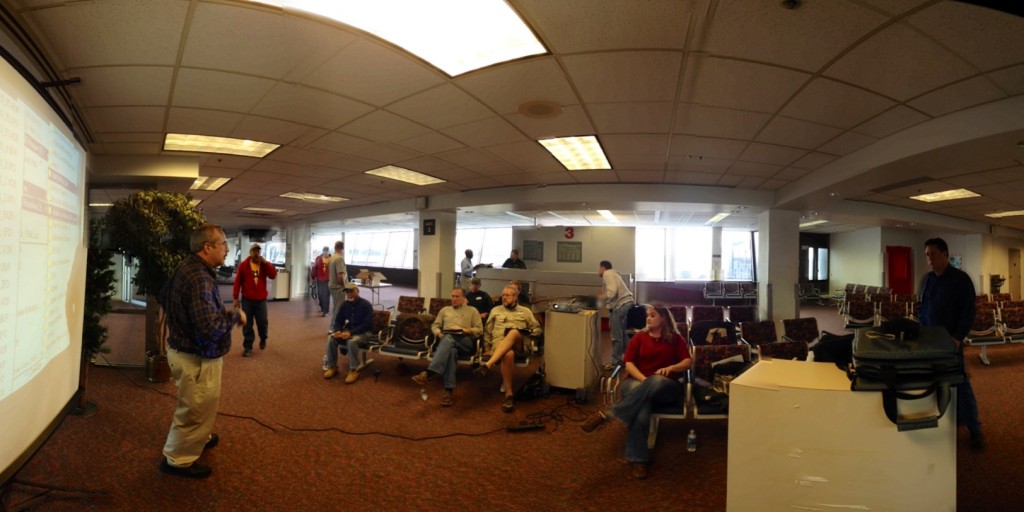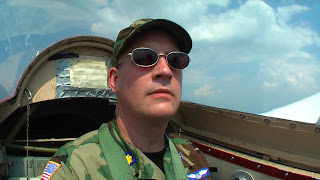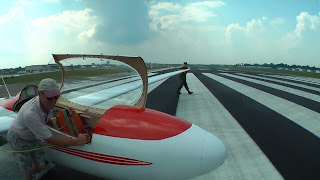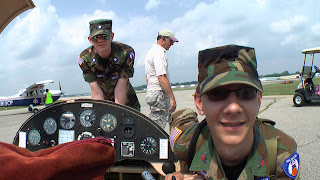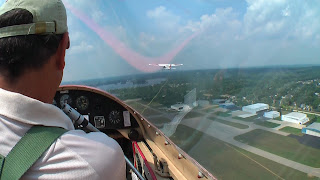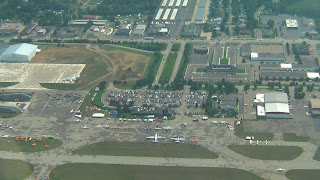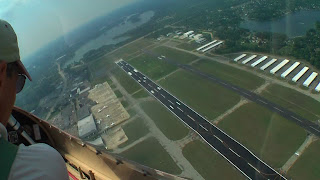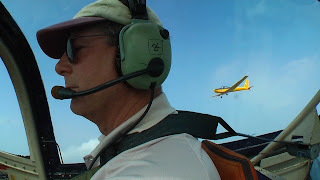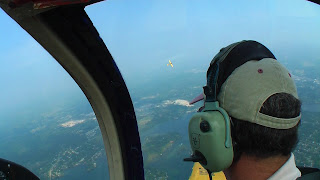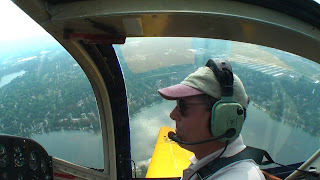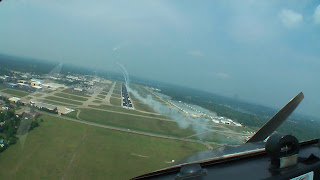You’d have to have worked pretty hard this Sunday to beat my Sunday. I kicked it off with the FAST formation ground school at Detroit City Airport (KDET).
The Formation and Safety Team (FAST) is a worldwide educational organization dedicated to teaching safe formation flying. FAST is made up of 16 signatory organizations whose mission is to support education in the restoration, maintenance and flight of their members’ aircraft. FAST does not itself promulgate standards that reach into the cockpits of the individual formation ships. Signatory organizations take the core FAST materials and customize them to their aircraft-specific missions.
This specific session was hosted by the Tuskegee Airmen Glider Club, a club that operates three of the remaining nine Schweizer SGM 2-37 motorgliders, all surplus from the USAF Academy since 2003. The club wants to be able to fly the gliders in formation in waivered airspace at airshows, which requires that the pilots have the appropriate FAST cards. The ground school is the beginning of the process, so they hosted one. [Read more...]
